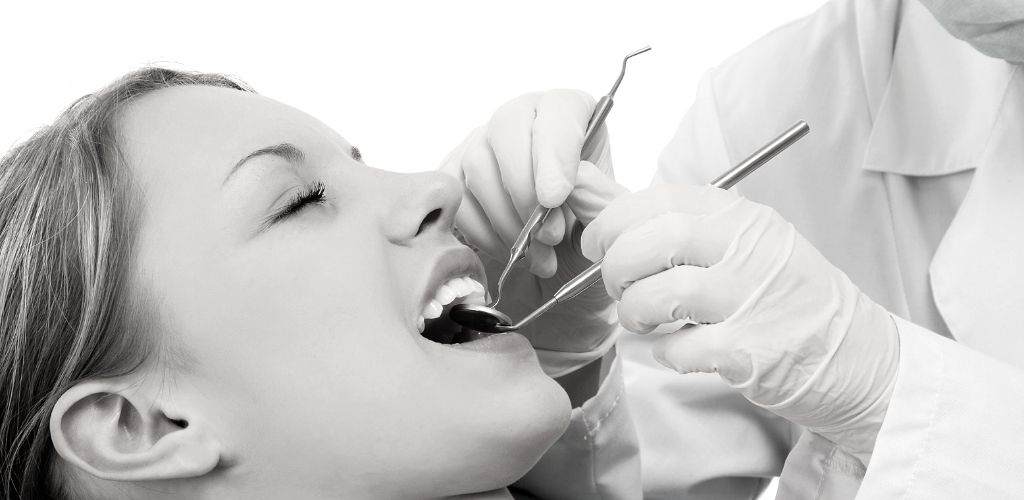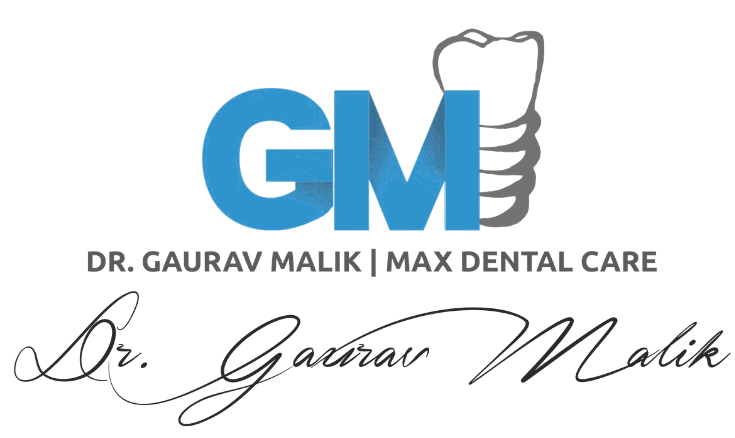
Preventing Infections
Periodontic Clinic
Periodontics is the special field of dentistry that focuses on the study, preventive treatment, and surgery on the structures in the oral cavity that support the teeth. These structures, the gums are a very vital part of the oral cavity and must be cared accordingly.
Who should see a Periodontist?
However, as more and more patients are exhibiting signs of periodontal disease, coupled with research that suggests a relationship between periodontal disease and other chronic diseases of aging, periodontal treatment may necessitate a greater understanding and increased level of expertise by a trained specialist. Patients who present with moderate or severe levels of periodontal disease, or patients with more complex cases, will be best managed by a periodontist.
What will a Periodontist do?
During the first visit, the periodontist usually reviews the patient’s complete medical and dental histories. (It is extremely important for a dentist to know if any medications are being taken or if the patient is being treated for any condition that can affect periodontal care, such as heart disease, diabetes, or pregnancy.)
The periodontist examines the gums, checks to see if there is any gum line recession, assesses how the teeth fit together when biting, and checks the teeth to see if any are loose. X-rays may also be taken to observe the health of the bone below the gum line.
After complete evaluation of the oral cavity and all the diagnostics the exact treatment plan is made.
Periodontal diseases range from simple gum inflammation to serious disease that may results in major damage to the soft tissue and bone that support the teeth. In the worst cases, teeth are lost.
Common periodontal diseases
GINGIVITIS
Gingivitis results in swollen, irritated gums that bleed easily. Good oral health habits, including daily flossing and brushing, as well as getting regular professional teeth cleanings can prevent and help to reverse this disease, which typically doesn’t result in the loss of gum tissue or teeth.
PERIODONTITIS
Periodontitis occurs as a result of untreated gingivitis. In periodontitis, the gums significantly recede from the teeth, leading to the formation of infected pockets. As your body’s immune system struggles to fight off these infections, tissues and bones may start to break down. Without proper treatment, the gums, connective tissue, and jaw bones that support your teeth may all deteriorate and begin to compromise your overall oral health. Eventually, the teeth will loosen and either fall out or have to be removed.
If left untreated, this oral health problem can damage more than your gums. Untreated gum disease has been associated with an increased risk for heart disease and stroke, and for women, an increased chance of delivering a baby with a low birth weight. Gum disease has also been linked to trouble controlling blood sugar among diabetics.
How is Periodontal Disease Treated?
The main goal of treatment is to control the infection. The number and types of treatment will vary, depending on the extent of the gum disease. Treatment with adjunct to medicine gives the best treatment result. Any type of treatment requires that the patient keep up good daily care at home. Additionally, modifying certain behaviors, such as quitting tobacco use, might also be suggested as a way to improve treatment outcome.
Scaling and Root Planning (Deep Cleaning)
The dentist (periodontist) removes the plaque through a deep-cleaning method called scaling and root planning. Scaling means scraping off the calculus (tartar) from above and below the gum line. Root planning gets rid of rough spots on the tooth root where the germs gather, and helps remove bacteria that contribute to the disease.
Flap Surgeries
For severe gum diseases (periodontitis) if it cannot be cured with antibiotics or root planning and scaling. A flap procedure cleans the roots of a tooth and repairs bone damage caused by gum disease.
Before the procedure, you will be given a local anesthetic to numb the area where the dentist will work on your gums.
The dentist will pull back a section of your gums to clean the roots of your teeth and repair damaged bone, if needed. The gum flap will be sewn back into place and covered with gauze to stop the bleeding.
Bone may be:
- Smoothed and reshaped so that plaque has fewer places to grow.
- Repaired (grafted) with bone from another part of the body or with man-made materials. The doctor may place a lining on the bone graft to help the bone grow back. The lining may need to be removed later.
Why the flap procedures are done?
The flap procedure is necessary when a severe gum disease (periodontitis) has damaged the bones that support your teeth.
How Well It Works?
If you maintain good dental care after the surgery, the flap procedure should allow you to clean your teeth and gums better. Your gums should become pink and healthy again.
While it’s good to know there are treatments, it’s better to avoid gum disease in the first place, by brushing and flossing at least twice a day, eating a balanced diet, and visiting dentist regularly for examination and cleaning.
